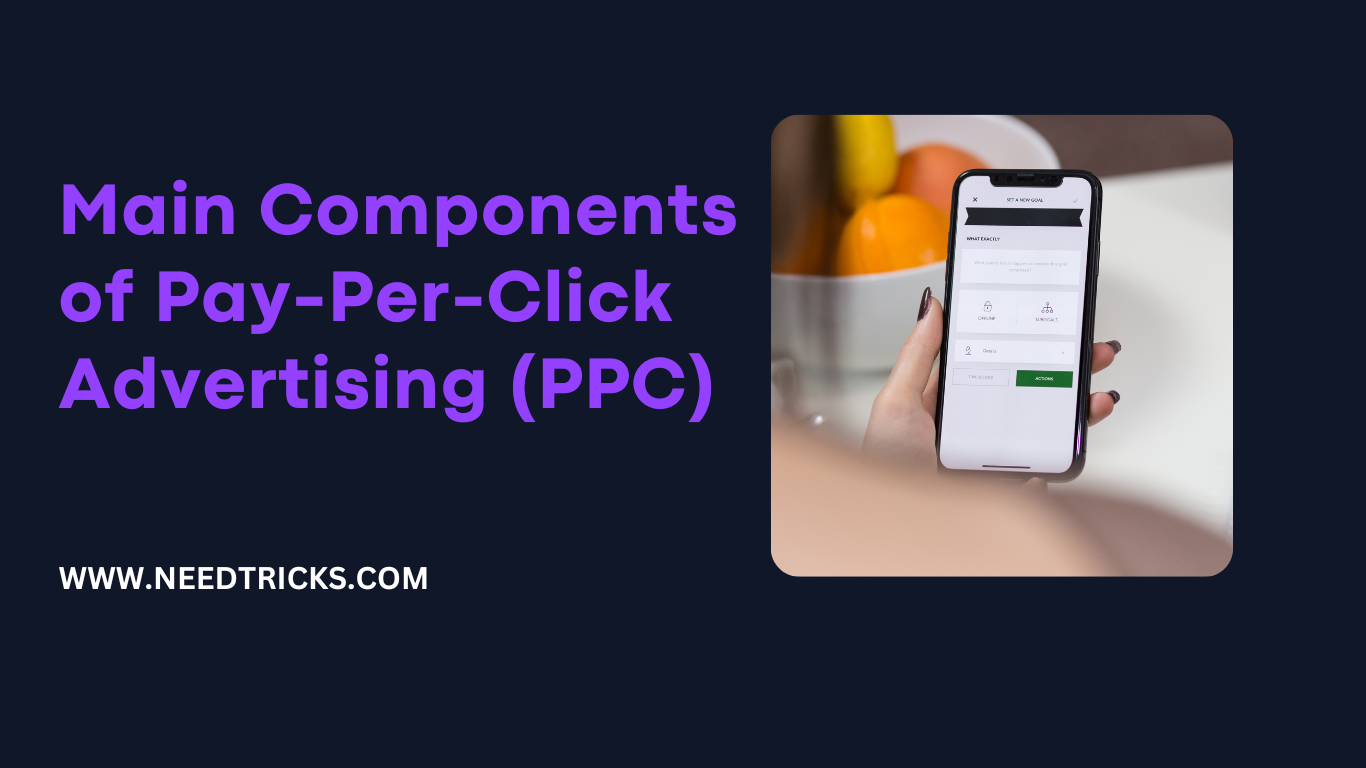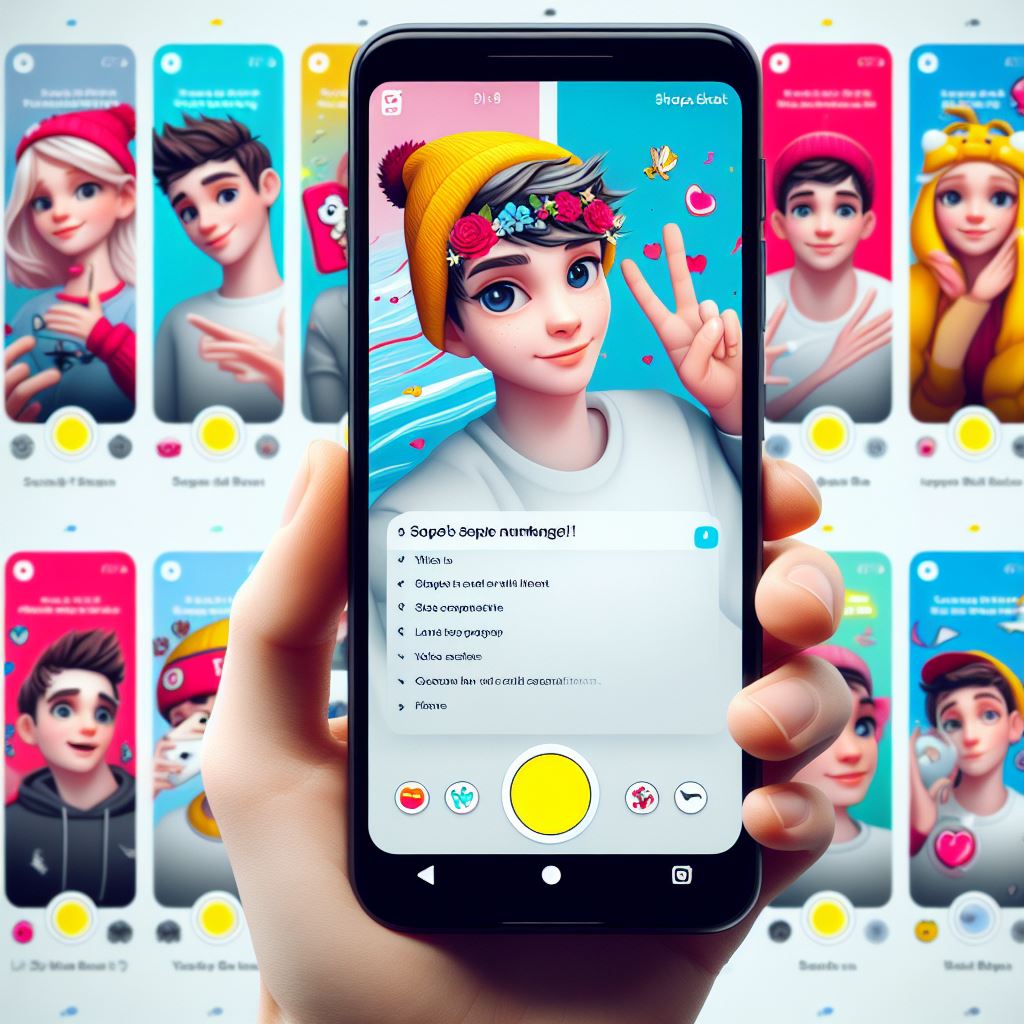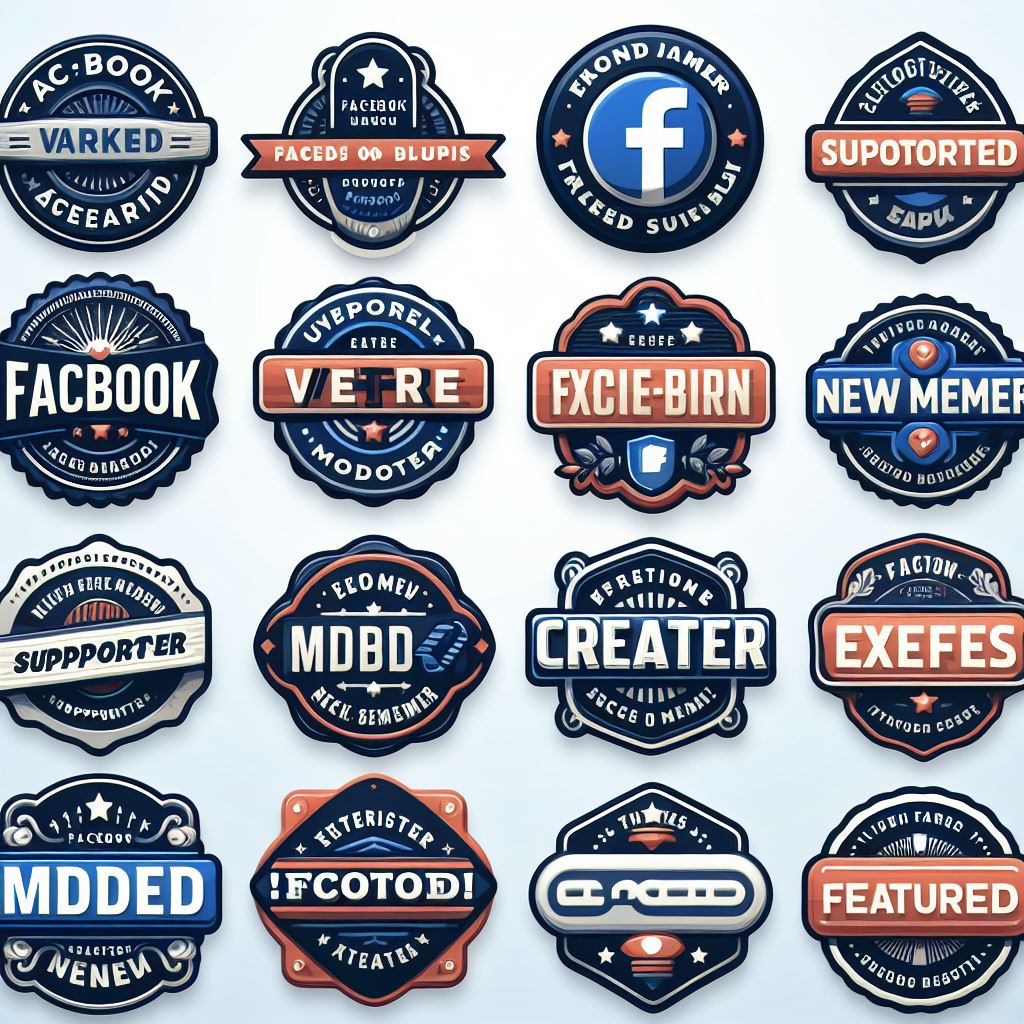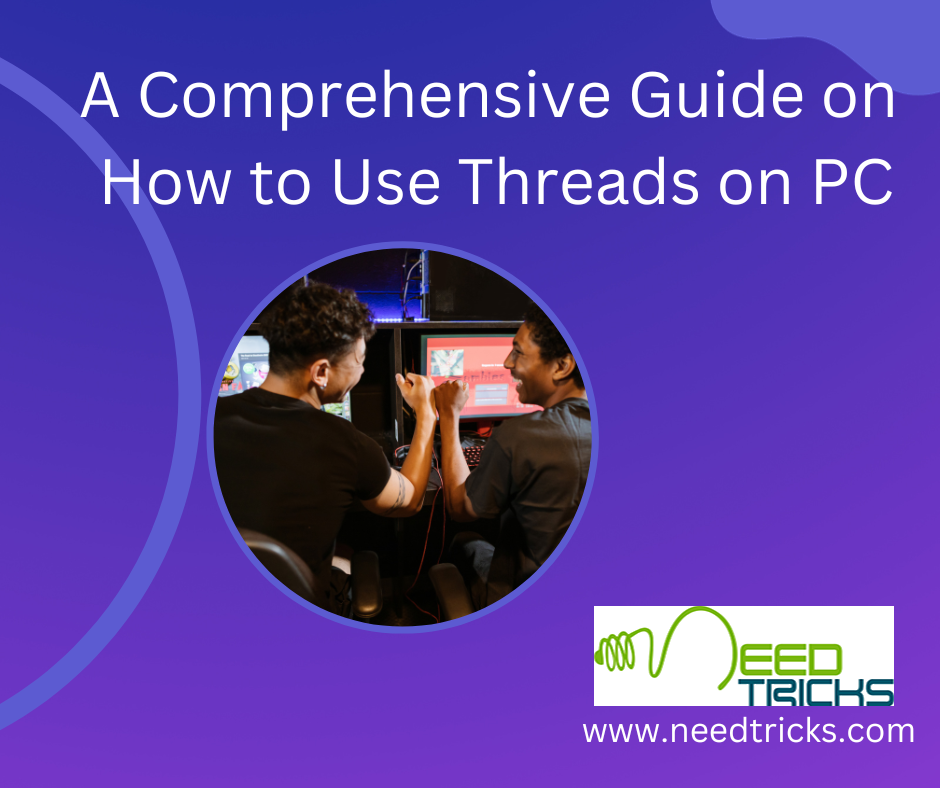Here are the main components of Pay-Per-Click Advertising (PPC):
Campaign Strategy:
- Developing a clear plan that aligns with your goals, target audience, budget, and desired outcomes.
Keyword Research:
- Identifying relevant keywords and phrases that your target audience is likely to search for.
- When looking for products or services like yours.
Ad Platforms:
- Selecting the appropriate advertising platforms for your campaign.
- Such as Google Ads, Bing Ads, Facebook Ads, Twitter Ads, LinkedIn Ads, or Amazon Advertising.
Ad Creation:
- Designing compelling and persuasive ads that include attention-grabbing headlines, persuasive ad copy, and compelling calls to action.
Landing Page Optimization:
- Creating dedicated landing pages that align with your ad content, provide relevant information.
- And encourage visitors to take the desired action.
Bid Management:
- Setting and managing your bids for keywords and placements to control how much you’re willing to pay for each click or impression.
Ad Extensions:
- Enhancing your ads with additional information, such as site links, call extensions, location extensions.
- Or structured snippets, to provide more value to users and improve ad performance.
Ad Targeting:
- Refining your targeting options based on demographics, location, device type, interests, behaviors.
- Or specific audiences to reach the most relevant users.
Ad Scheduling:
- Setting specific days and times to display your ads based on when your target audience is most likely to be active.
- When certain events or promotions are happening.
Remarketing:
- Targeting users who have previously visited your website or interacted with your brand to re-engage them and drive conversions.
Display Advertising:
- Creating visually appealing banner or image ads to be displayed on various websites and platforms.
- Within the Google Display Network or other ad networks.
Video Advertising:
- Creating and promoting video ads on platforms like YouTube, leveraging targeting options.
- And formats such as in-stream, discovery, or bumper ads.
Conversion Tracking:
- Implementing tracking codes or tags to measure and analyze the conversions and actions that occur as a result of your PPC campaigns.
A/B Testing:
- Experimenting with different ad variations, landing page designs, headlines, or calls.
- To action to identify the most effective elements and optimize your campaigns.
Quality Score Management:
- Monitoring and optimizing your ads, keywords, and landing pages to improve your Quality Score.
- Which impacts your ad rank and cost-per-click.
Budget Management:
- Setting and monitoring your daily or monthly budget to control your ad spend and ensure it aligns with your campaign objectives.
Ad Performance Monitoring:
- Tracking and analyzing key metrics such as click-through rates (CTR), conversion rates, cost-per-click (CPC).
- Return on ad spend (ROAS), or cost per acquisition (CPA).
Ad Copy Testing:
- Testing different ad copy variations to optimize your messaging, improve performance, and drive higher click-through rates.
Competitor Analysis:
- Monitoring and analyzing your competitors’ PPC campaigns, ad copy, and strategies.
- To identify opportunities or gain insights for your own campaigns.
Ongoing Optimization:
- Continuously monitoring, analyzing, and optimizing your PPC campaigns.
- Based on performance data, industry trends, and changing customer behaviors.
Remember, PPC advertising requires ongoing monitoring, optimization, and staying informed about the latest platform updates, industry trends, and best practices. These are the Main Components of Pay-Per-Click Advertising (PPC).











